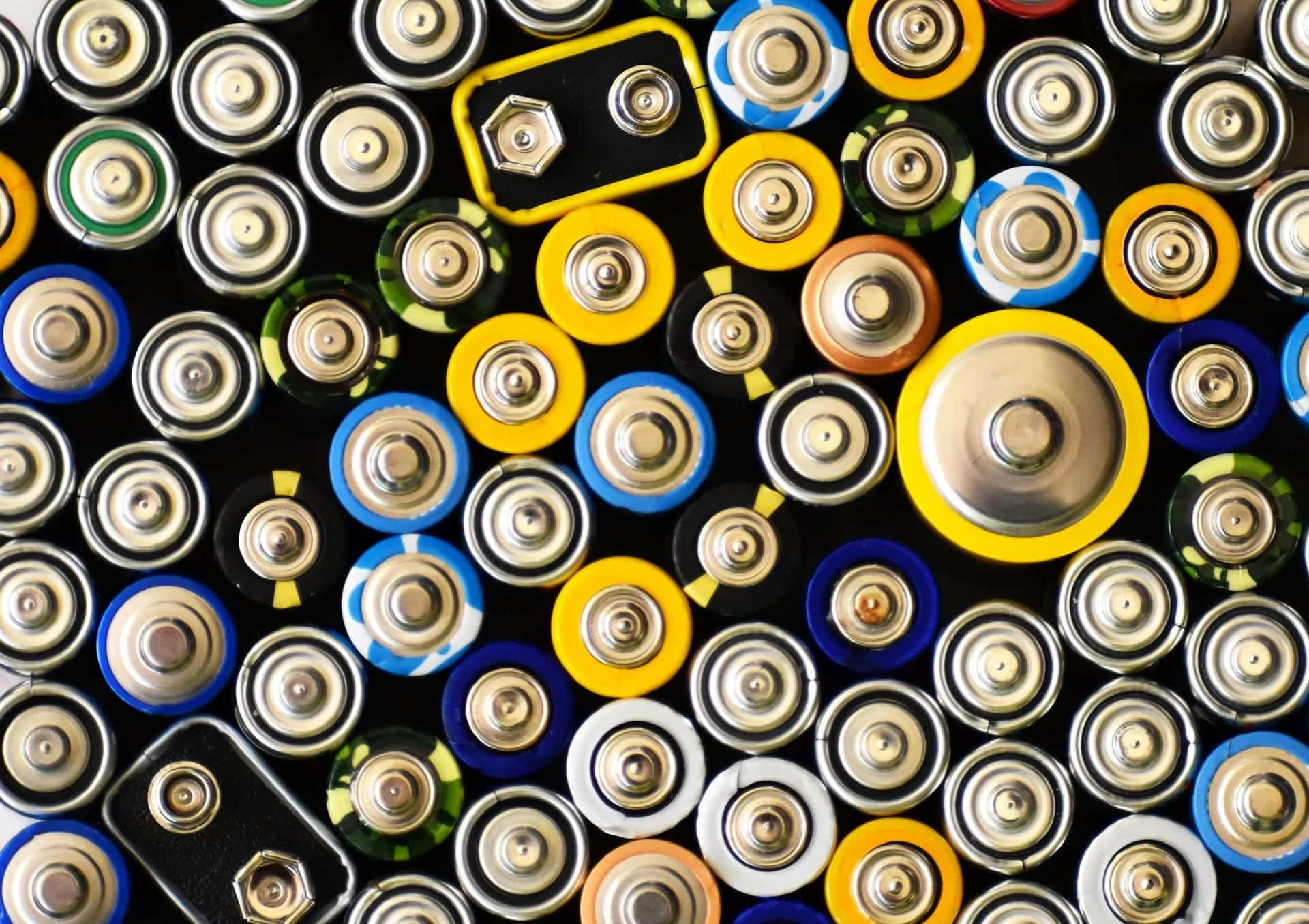The European Union takes a significant step toward sustainability with the release of new standards for calculating and verifying recycling efficiency and material recovery from end-of-life batteries. Delegated Regulation 2025/606, published in the EU Official Journal last Friday, provides harmonized guidelines to ensure critical materials used in batteries—such as lithium, cobalt, copper, nickel, and lead—are recovered efficiently, safely, and traceably.
Effective from July 24, 2025, this regulatory framework is a core part of Regulation (EU) 2023/1542 on batteries and waste batteries, which underpins the European strategy for a circular, resilient, and climate-neutral economy by 2050.
A Key Regulation for the European Green Deal
Batteries are essential for Europe’s energy transition. Their increasing deployment in electric vehicles, energy storage systems, and electronic devices makes the establishment of a rigorous and efficient waste management system crucial. The regulation aims to reduce dependence on imports, minimize environmental impact, and foster a competitive, sustainable European industry.
“The new standards will ensure that strategic materials stay within the European economy longer, reducing waste and strengthening our autonomy in critical value chains,” states the European Commission.
What Does the New Delegated Regulation Specifically Regulate?
Delegated Regulation (EU) 2025/606 complements the general Batteries Regulation and sets forth:
- Unified methodologies for calculating recycling efficiency across different battery types: lead-acid, nickel-cadmium, lithium-based, among others.
- Standards for calculating actual material recovery, focusing on critical raw materials such as cobalt, copper, lithium, nickel, and lead.
- An harmonized documentation format for recyclers to report to national authorities of Member States, facilitating oversight and compliance with targets.
Additionally, recycling companies will need to verify their results and ensure traceability of recovered materials. This will help prevent unfair competition practices in the secondary raw materials market within the EU.
Binding Targets: Milestones for 2025, 2027, and 2031
The regulation establishes mandatory efficiency and recovery targets with specific deadlines and percentages that authorized recyclers must meet:
Recycling efficiency (% of recycled mass relative to total battery mass):
Before December 31, 2025:
- Lead-acid batteries: 75%
- Nickel-cadmium batteries: 80%
- Lithium-based batteries: 65%
- Other batteries: 50%
Before December 31, 2030:
- Lead-acid: 80%
- Lithium: 70%
Material recovery (% of total material content in batteries):
Before December 31, 2027:
- Cobalt, copper, lead, and nickel: 90%
- Lithium: 50%
Before December 31, 2031:
- Cobalt, copper, lead, and nickel: 95%
- Lithium: 80%
Scientifically Based Verification
In developing these standards, the European Commission relied on the technical report from the Joint Research Centre (JRC), titled “Technical suggestions for the rules for calculation and verification of rates for recycling efficiency and recovery of materials of waste batteries.” This document, produced with input from industry experts and academia, provides scientific foundations for calculation formulas, sampling methods, and quality control in recycling processes.
The methodologies incorporate technical parameters such as:
- Losses at each recycling stage.
- Mechanical, thermal, or chemical treatment efficiencies.
- Permissible impurity levels in recovered materials.
This approach ensures reported figures accurately reflect true recovery levels rather than just total waste processed.
Implications for Industry and Member States
With enforcement imminent, recyclers must adapt their processes to meet these standards, which will involve:
- Investing in advanced separation and recovery technologies.
- Improving traceability and documentation.
- Coordinating with national authorities for regular reporting and independent verification.
For Member States, the regulation provides a clear tool to monitor compliance with the Battery Regulation and harmonize control systems across the EU.
Advancing European Raw Material Sovereignty
Efficient recovery of critical raw materials is vital within Europe’s strategy to reduce reliance on external countries. Lithium, cobalt, and nickel are not only key for batteries but also for renewable energy tech, microelectronics, and defense applications. In a geopolitically volatile environment, the EU’s ability to reuse and retain these resources has strategic importance.
This new regulation not only aims to protect the environment but also to strengthen the European industrial fabric. Companies investing in efficient recycling will position themselves at the forefront of a market set to be pivotal in the coming decade.
Source: Madrid News

